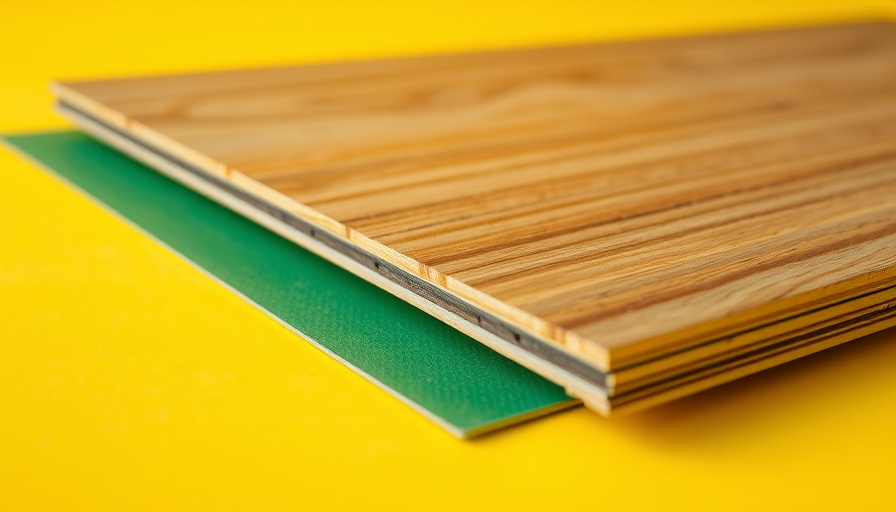
The Essential Guide to Choosing Underlayment for Laminate Flooring
Are you looking to transform your home with laminate flooring that mimics the look of hardwood without breaking the bank? Understanding how to choose the right underlayment for laminate flooring is crucial to ensuring a professional finish. Proper underlayment not only protects your laminate from moisture damage but also enhances its overall performance and durability.
Why Use Underlayment for Laminate Flooring?
Laminate flooring, often seen as a cost-effective alternative to hardwood, demands careful installation for optimal results. High-quality underlayment serves as a protective barrier between your laminate flooring and the subfloor, addressing several key needs. Here’s why it matters:
- Moisture Barrier: Many homeowners overlook the potential risks posed by moisture, particularly when installing over concrete. A good underlayment will prevent moisture from seeping through, which could warp or damage your laminate.
- Sound Absorption: Laminate can amplify foot traffic sounds. Choosing a sound-absorbing underlayment can provide a quieter, more comfortable living space.
- Comfort and Warmth: A thicker underlayment can add cushioning underfoot, making your space warmer and more inviting.
- Leveling Capability: Underlayment helps bridge minor imperfections in the subfloor, leading to a smoother finish.
What to Consider When Choosing Underlayment
Choosing the right underlayment is not just about picking any product off the shelf. Here are critical factors to keep in mind:
- Thickness: A thickness of 2mm to 3mm is generally recommended, although thicker options may be suitable based on your subfloor's condition.
- Type of Subfloor: The nature of your subfloor affects your choice. For concrete, a vapor barrier underlayment is essential. Conversely, plywood allows for a more breathable option.
- Acoustic Performance: If peace and quiet are important to you, consider underlayment specifically designed to minimize noise transmission.
- Material Quality: Various materials, like cork, foam, or recycled rubber, offer different benefits. Researching how each type will perform in your unique environment is vital.
Actionable Tips for Selecting the Right Underlayment
With so many options available, here are practical insights to help you make your decision:
- Test your subfloor for moisture before selecting your underlayment.
- Consider your budget but prioritize quality. A well-chosen underlayment can extend the lifespan of your flooring and enhance its appearance.
- Consult with flooring experts or store professionals if you're uncertain about which type of underlayment is best for your project.
Final Thoughts: Elevate Your Home with the Right Underlayment
Choosing the right underlayment for your laminate flooring can significantly affect the comfort, aesthetics, and durability of your new floors. So as you embark on your home improvement journey, remember: the foundation you lay beneath your laminate is just as vital as the beauty it offers above.
 Add Row
Add Row  Add
Add 




Write A Comment